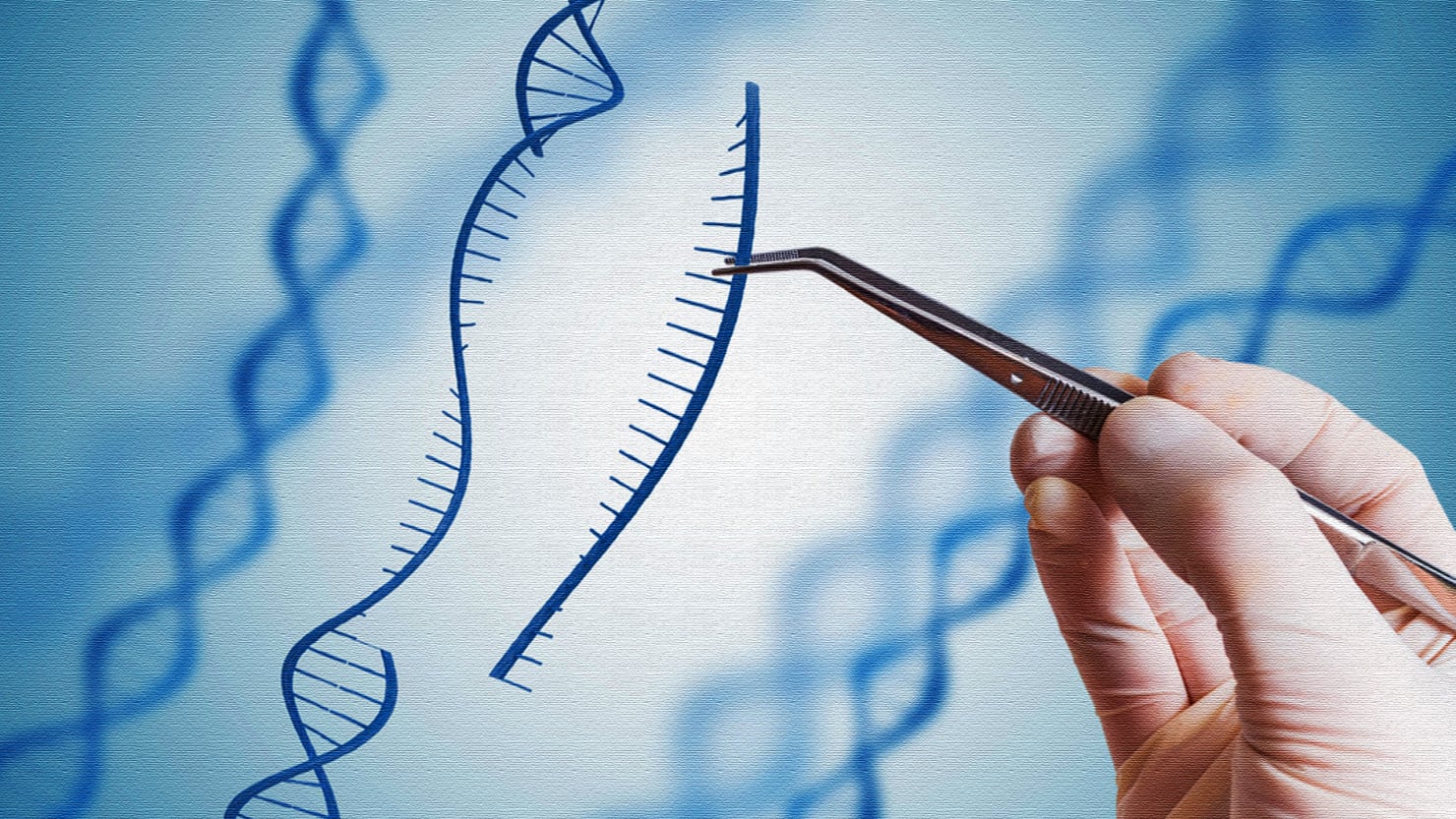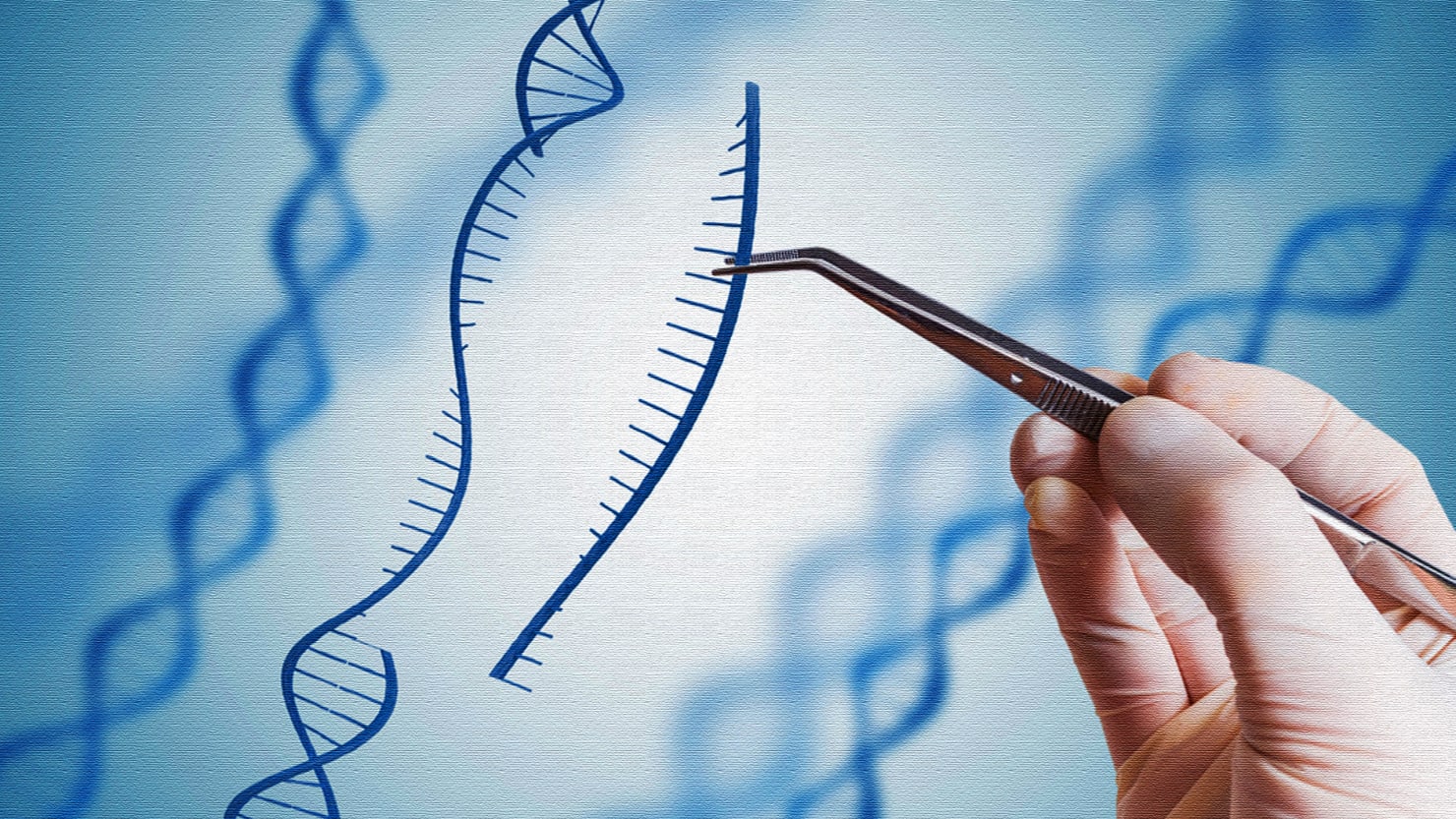Delivering gene therapy exactly, precisely to where it needs to go has long been a struggle. But one group of researchers seems to have figured out exactly how: by shooting a nanospear within the body.
A recent study in the journal American Chemical Society Nano describes a method of creating nanospears 5,000 times thinner than human hair that successfully targeted, pierced, and entered a cancer cell within a lab dish. Unlike ancient spears that delivered injury or death, nanospears deliver the opposite—potentially life-saving genetic treatment.
Gene therapy research fuels the hope of eliminating many of the 6,000 inheritable diseases history has tallied. This developing array of discoveriesmay prove to be powerfully healing—but only if they can be placed at exact locations within the body.
Pinpoint delivery of genetic therapies has proven to be a significant challenge for science, however. The list of ways to miss targets is long. One way to think about how is drone-delivery shopping, where skeptics predict that mechanical failures will fill the air with falling packages. Thieves won’t need to steal, as misguided clothing, auto parts and pizza will be dropping from the sky. Similarly, some past efforts to deliver genetic treatment directly into diseased cells have missed their mark.
But nanospears might help with that particularly because they’re made from nickel, silicon, gold, and other components—materials to which the DNA used in some genetic therapies can attach.
Because nickel is magnetic, the nanospears were remote-controlled by magnets that pulled them toward the cancer cell. With DNA along for the ride, the nanospears’ direction was maneuvered by the researchers, like a spearfisher might calculate the path of a perfectly aimed harpoon.
“The capability to guide the nanospears magnetically eliminates the need for potentially harmful chemical propellants that have been used in prior examples of nanorobotic delivery,” authors Steven Jonas, Paul Weiss and Xiaobin Xu explained to the Daily Beast in an email. “A key feature of the nanospears is that we can guide them individually or in groups, like remote-controlled drones using a handheld or rotating magnet.”
These findings push remote-controlled innovations forward, changing how we think about “personalized medicine,” or tailoring treatment to each patient’s unique tapestry of genes.
From this very early-stage laboratory work, the researchers hope to eventually bring the process to clinical trials for testing in humans. Because human genes are inherited, they control everything from disease tolerance to height and eyebrow shape. A gene that has become damaged is called a mutation. A mutation can cause a cell to grow uncontrollably, feeding cancer or other diseases.
Mutations can be inherited, or they can be caused by external factors like drinking toxic water, or by choices like smoking. If mutations could be repaired, disease could be stopped from forming in the first place.
Genetic therapies include repairing a gene so that it’s no longer a mutation, or replacing a mutation with a healthy gene. “Gene therapies might include repairing and/or removing defective genes by inserting a new copy of a normal gene to restore cellular function, or by correcting disease-causing mutations by editing the genome directly,” according to the UCLA researchers.
Inserting modified genes where they need to be—and not allowing them to float around just anywhere—is critical. “The safe, rapid, efficient, and cost-effective delivery of genes and gene-editing cargo to cells represents a tremendous barrier to making these types of gene therapies more accessible to patients,” the researchers noted.
Nanospears can be configured to carry a variety of biomolecular cargo for spear-tip delivery, Jonas, Weiss and Xu pointed out: “We envision that nucleic acids, proteins, small molecules, and combinations of these cargo can be packaged and can be delivered using the nanospears.”
Past attempts have included sending modified genes into cancer cells on the backs of viruses, such as cold viruses (which are “deactivated” so the cancer patient does not get a cold). The concept of using viruses came into use because viruses are experts at breaking into a cell and wreaking havoc. Breaking through cell membranes is the part of that process scientists aim to replicate—minus the viral illness part. “
raditional methods for gene delivery either use viruses as delivery vehicles or expose cells to electric fields and/or harsh chemical treatments,” the researchers explained. “To process the large number of cells required for gene therapies, these approaches are either expensive, slow, inefficient, harmful, or require specialized equipment.”
Nanospears have the potential for practicality because of their tiny size. “They are made using nanoscale fabrication methods originating from the semiconductor industry—the same processes used to make the chips that run your laptop or mobile phone—which are easily scalable for producing large numbers of nanospears. Millions of nanospears can be produced from a single silicon wafer at a price less than $500,” the researchers said.
And one more thing: Nanospears are also biodegradable, dissolving after dropping off their curative cargo. “The materials used to make the nanospears were selected by design to biodegrade safely,” the authors noted. “The nanospears are primarily made of silicon, which is biocompatible. The outer layers of nickel and gold are extremely thin, and are present in such small amounts that we have not observed and do not expect any harmful effects in the treated cells. We can also make the nanospears porous to speed up the degradation time, if that is advantageous.”

